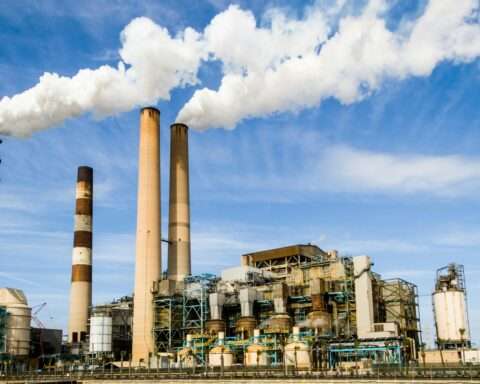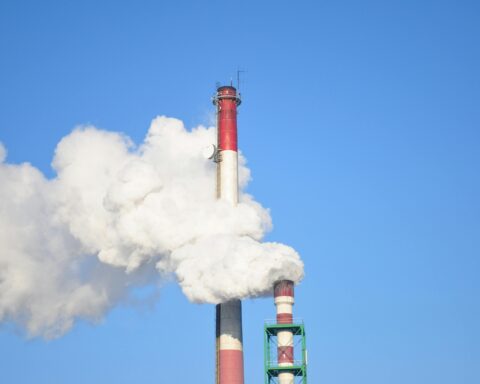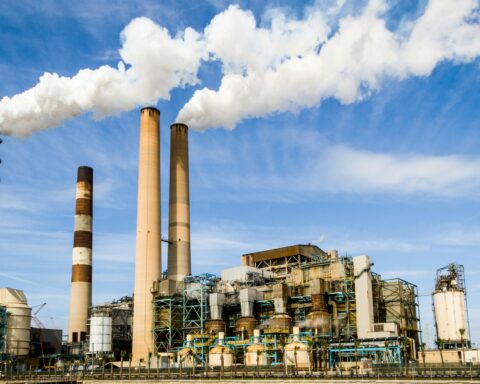Construction is showing signs of becoming more environmentally friendly with governments and companies looking for low-emissions building materials and methods. In October, the White House released an announcement highlighting new public and private sector commitments to accelerate the adoption of clean construction materials across the United States, targeting a sector that accounts for more than 15% of global emissions through concrete and steel manufacturing alone.
Five state and local governments announced new commitments to reduce emissions from construction materials.
New York State pledged to cut carbon emissions from concrete in infrastructure projects by 30% by 2028, while Los Angeles committed to a 15% emissions reduction target and five demonstration projects using ultra-low-carbon concrete.
RELATED: Researchers at UVA developing more sustainable 3D-printed concrete
Michigan announced new partnerships between its Department of Transportation and local municipalities, while Washington State outlined implementation details for its Buy Clean and Buy Fair legislation.
The initiative builds on the Federal Buy Clean Initiative launched in 2021, which has deployed $4.5 billion from the Inflation Reduction Act to leverage federal purchasing power for cleaner construction materials
Major cement and concrete producers are leading private sector commitments. Heidelberg Materials North America announced it would reduce company-wide emissions by 25% by 2030 and slash emissions at one U.S. plant by more than 50% from 2020 levels.
Cemex pledged to supply concrete with at least 40% lower global warming potential for demonstration projects, while National Ready Mixed Concrete Company committed to five near-zero emissions concrete projects in Southern California by 2027.
Emerging technology companies are also joining the initiative. Sublime Systems secured $75 million in funding for its first commercial low-carbon cement facility, while startups C-Crete, Pozzotive and Sublime Systems each committed to conduct five demonstration projects using materials with 50% reduced emissions.
The data center sector is also making significant commitments. Microsoft’s Climate Innovation Fund announced new agreements with steel suppliers Stegra and Boston Metal and concrete suppliers CarbonCure and Prometheus Materials. Amazon Web Services reported building 36 data centers with lower-carbon concrete in 2023, up from 16 in 2022. The Open Compute Project Foundation, collaborating with AWS, Google, Meta and Microsoft, completed testing of four ultra-low carbon concrete solutions achieving 30-50% lower emissions.
BXP, the largest publicly traded real estate developer in the country, committed to purchasing concrete with 15% lower emissions by December 2025. Turner Construction Company pledged to implement at least five demonstration projects using concrete with 50% lower emissions by 2026, while Clark Pacific, a leading prefabricated building systems manufacturer, committed to reducing cement use by 25% in precast concrete projects.
The administration developed these commitments through regional convenings organized in partnership with environmental groups RMI and the Natural Resources Defense Council. All emissions reductions will be measured against 2022 National Ready Mix Concrete Association regional benchmarks, providing a standardized way to track progress across different projects and regions.
Photo by Scott Blake on Unsplash













